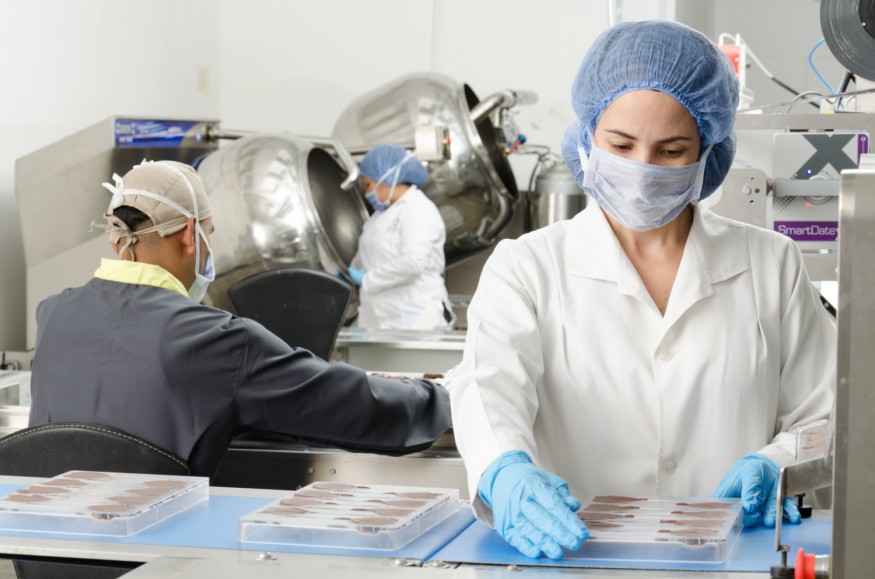
Digital solutions and tools have become integral and indispensable to research and science labs as these devices and applications help them operate more effectively and efficiently.
For example, artificial intelligence (AI), and machine learning (ML) are helping scientists and researchers quickly make sense of data. Robots and automation tools are being integrated into their processes to achieve more streamlined workflows. Augmented reality (AR) and mixed-reality (MR) devices like holographic lenses are also being used to power interfaces for analyzing samples, sharing information, and collaborating with colleagues.
Software solutions like Laboratory Information Management Systems (LIMS) are also giving labs a major boost. LIMS provide for digitization and automation in order to address the challenges that stem from cumbersome manual methods. LIMS are specifically designed to enable lab members to analyze and store high volumes of data and increase efficiency and productivity.
According to recent research by Solutions4Labs, the successful integration of LIMS in lab operations has resulted in fewer tasks, eliminating up to 45 percent of total labor during a workday.
These technologies are expected to further evolve and continue to drive the digital transformation of labs. Here are three key traits that modern labs will feature from 2020 and beyond:
Read more about LIMS in this free e-book from Solution4Labs
1 - Connected
Labs are becoming more and more connected. Internet-of-Things (IoT) devices are now aggressively being integrated into research facilities. Sensors and connectivity allow for data to be streamed and collected stored in real-time. Cloud computing also allows for scalable means to store and process this data. As such, modern labs are able to become more data-driven.
Lab members can also access data anytime and anywhere through web and mobile apps. They can also work remotely, as connected devices enable them to assess lab conditions remotely and determine whether a particular situation would require their presence on-site.
Thanks to automation capabilities, smart devices will also likely reduce manual lab monitoring and maintenance activities. They can automatically notify systems if any tool needs to be calibrated, reducing inaccuracies from miscalibration. Lab members can also configure their equipment to automatically update their firmware or control systems in order to avoid performance issues.
Smart devices can also help provide immediate feedback to researchers. Being able to track every facet of the lab operations can provide lab members with actionable insights that will allow them to prevent sample loss, as well as establish preventive and protective measures to ensure that future problems are avoided.
Any generated report or key discoveries can be instantly shared not only within the lab but to other facilities. This can help other researchers avoid performing similar experiments which were successfully completed in a different lab.
2 - Collaborative
The modern lab will have efficient communication tools and channels that help create collaborative cultures and environments. Integrated systems effectively breaks down silos and allow teams and team members share common data.
Scientific visualization is also being greatly aided by AR and MR. Collabarative video conferences have already allowed scientists in different labs to work on the same project.
But through AR and MR, virtual environments can be used by teams to vividly and remotely interact with their members on specific experiments they are performing. Headsets, haptic wearables, and collaborative virtual environments can be used to map data. Team members can readily interact with virtual objects and move through the virtual space while analyzing and annotating data effectively.
In addition, researchers can use electronic laboratory notebooks (ELNs) that use cloud computing to enable researchers to share and work on samples, files, and other essential information with other lab members. They can also easily search, copy, and archive data while team leaders can monitor all lab samples and data remotely.
3 - Smarter
The increasing capabilities of computing systems and the availability of large datasets have accelerated the adoption of AI and ML in various research settings. The use of these technologies are also expected to increase the efficiency and productivity in the modern lab.
Using AI, labs can integrate robots to perform routine lab work. As AI becomes more complex, even higher-order tasks can be delegated to AI-driven systems. AI can process hundreds of samples through the use of pre-programmed and customizable procedures.
ML can be used to search for patterns concerning the lab's processes where predictions and actionable insights can be generated to guide researchers. For example, ML algorithms can examine data from a lab equipment to predict its end of service life and recommend preventive maintenance. In addition, text analytics and ML enable labs to analyze data, create hypotheses, and establish a future plan for their research and experiments. It can even be configured to automatically create new automation algorithms should there be any changes to research conditions.
With the assistance of this modern technology humans are able to focus on the more creative aspects of research and analysis, thus speeding up the time to make more groundbreaking discoveries.
Conclusion
As the scientific and research communities continue to work on solving our growing problems and demands, there is now an increasing need for them to operate more efficiently and effectively. Labs must modernize and replace traditional tools and methods with more sophisticated digital solutions.
Smart devices, AI, and cloud computing technologies present opportunities to encourage collaboration, reduce manual labor, and improve decision-making. By adopting the right methods and tools, laboratories can increase their efficiency and productivity.
Modern labs also promise a better environment for their workers to discover, design, and develop solutions to the most pressing problems, which ultimately will benefit every one of us.












